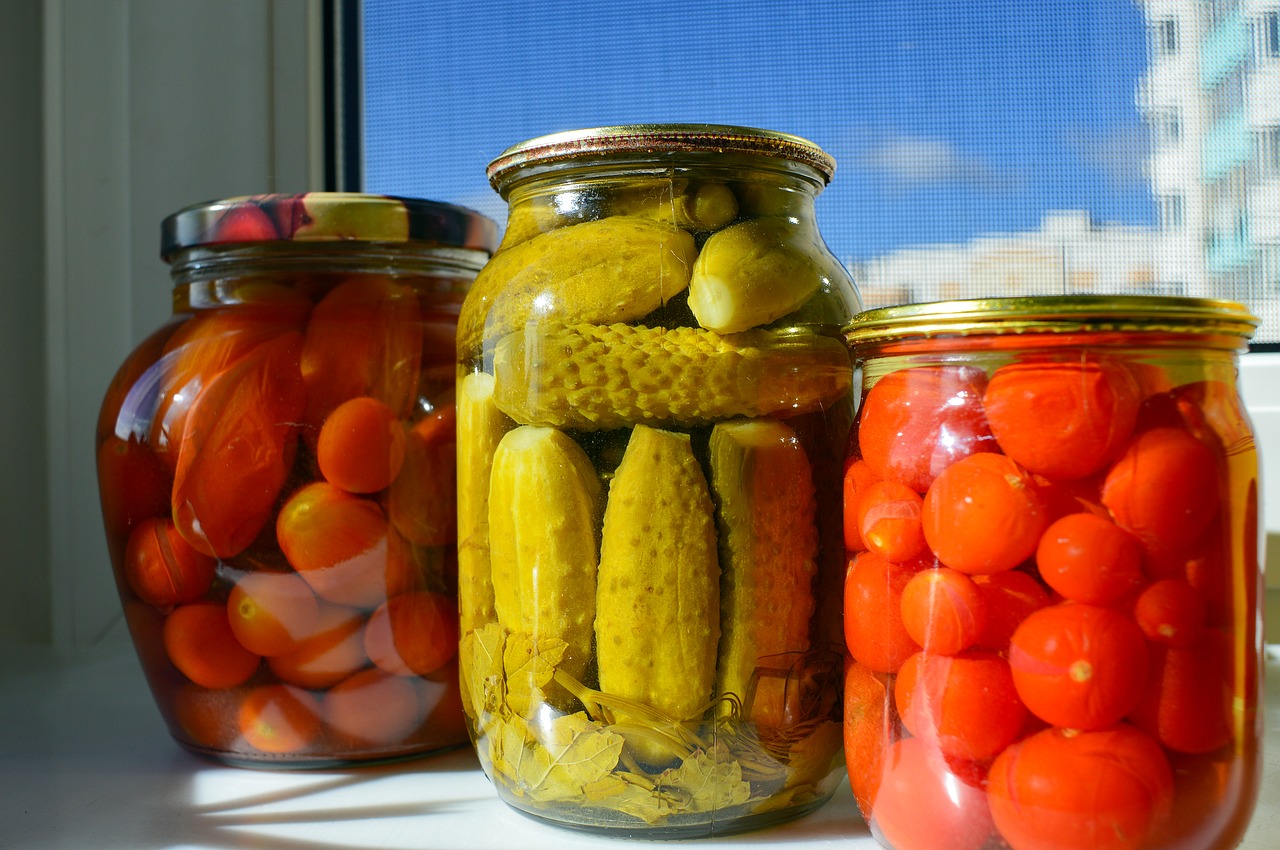Food waste is common in America. Considering that there are many countries who struggle with food shortage, it’s not a bad idea for families to search for ways of preserving the extra food that they have. Also, preserving food can help decrease the costs of food when buying in bulk. Here we offer a simple guide to combat the epidemic of food waste by compiling a few tips that anyone can adopt to preserve food.
1. Install A Root Cellar
One of the first projects that you need to tackle in order to properly preserve your food is installing a root cellar. This is basically an enclosed space that is kept cool and dry. It can be in your basement, inside of a pantry, or even on your porch. The area just needs to be kept cool or at room temperature whilst maintaining a dry climate. There are a few vegetables that do quite well by simply sitting in root cellars. They won’t be saved forever, of course, but they will last longer in root cellars than they will in other areas.
These foods are potatoes, garlic, onions, cabbage, carrots, apples, and beets. In addition, there are a few other vegetables that can be stored without preservation issues. These include shell beans, squash, pumpkins, and dry corn.
2. Drying Or Dehydrating
One lesson that private cooking classes might teach you is how to properly dry or dehydrate certain foods for storage. Plant-based vegetables, including low-carb veggies found in keto diets, should be pre-treated before drying. This means that you should boil them or steam for a time. You can typically dry food quite easily with a dehydrator, such as an Excalibur dehydrator. If you have a sun oven, then that can also be used to dry food. Otherwise, if you have a baking sheet, you can place the food on it and simply let it dry out inside of the oven. An old method of drying is by hanging it and letting the air dry it, which is still a viable procedure.
Once dehydrated, the food should be kept in a cool and dry place. Vegetables that are good for drying are beets, corn, garlic, horseradish, mushrooms, peppers, potatoes, pumpkins, okra, parsley, onions, and peas.
3. Canning
Another popular method for preserving food is canning. A personal chef may be able to offer you additional lessons on canning techniques. Canning involves the process of heating the food inside of a glass jar. Depending on what kind of canning technique you use–water bath, steam, or pressure, you are able to preserve different kinds of food. Water bath canning, for example, is good for foods with a high acidic content like fruits, jellies, tomatoes, and pickles.
4. Freezing
One final way to preserve food is through freezing. You’ll also need to boil or cook the food before freezing. Then you simply place the food in a bag and vacuum seal it. Afterward, you place it in a freezer until you need it.
